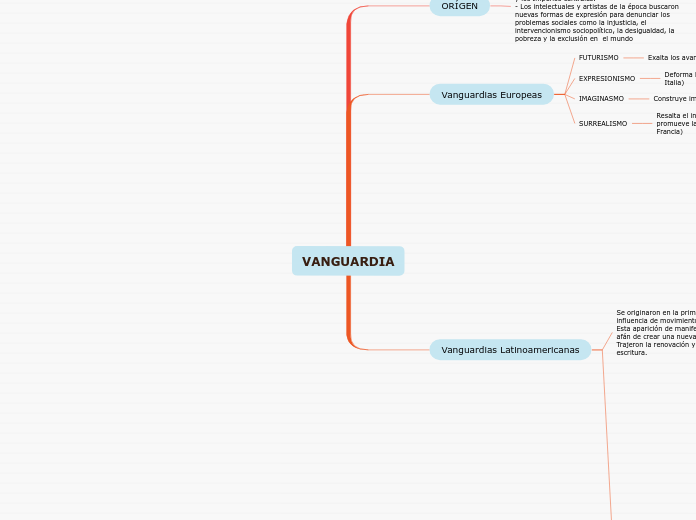von ARTEDETODO ARTEDETODO Vor 4 Jahren
342
VANGUARDIA

von ARTEDETODO ARTEDETODO Vor 4 Jahren
342

Mehr dazu

To name your story, you have to think about the overall message and what you want your audience to understand from the story. Also, make it relevant and easy to remember.
The ending of a story is essential. We all know that if the ending is weak, what happened before loses its importance. So make it unpredictable, but fair. A resolved ending answers all the questions and ties up any loose threads from the plot.
This is the closure section of the story.
See examples of possible outcomes below:
Try answering these questions to come up with a closure:
- Have all the problems been solved?
- Is there a clear picture of what happens with each character in the story?
- Has the challenge transformed your main character?
- How do the characters feel in the end?
This is the moment when the main character surpasses the last obstacle and finally faces their greatest challenge.
The climax usually follows one of these patterns:
Type in your answer.
4.- Metáfora y otros recursos estilísticos.- Este recurso es su elemento primordial, se utiliza la sinestesia. 5.- Lenguaje desapasionado.- Sin expresiones sentimentalistas. 6.- Marca personal del autor.- Tipografías, marcas, huellas y relieves en el material sobre el que se crea.
1.- Invención de palabras.- Palabras en otros idiomas, inventadas, neologismos y tecnicismos. 2.- Ausencia de moderación.- Versos libres y estrofas inconexas. 3.- Estilo escueto.- Lenguaje sin adornos, temas simples e ideas concretas, sin nexos ni adjetivos inútiles.
Rompe con los moldes existentes de la poética, la modernista en especial.
4.- Musicalidad.- La musiclaidad de los versos provee un equilibrio entre razón y sensación. 5.- Lenguaje desapasionado.- Su finalidad era crear imágenes con pocas palabras, no la expresión de estados emocionales. 6.- El uso brillante de la imagen.- Creación de imágenes y efectos visuales a través del texto escrito. 7.- Formas novedosas de la expresión.- La sintaxis y la caligrafía adquieren novedosas formas.
1.- Universo personal.- El poeta crea un universo poético regido por sus propias leyes y estructuras. 2.- Carácter autoreferencial.- Se omiten criterios de objetividad y veracidad externa a la obra. 3.- Creación en tanto que creación.- La obra no busca significar, referenciar, convencer ni describir acontecimientos ajenos a ella misma y a su propia voluntad.
Sostenía que la producción literaria no debe transmitir significados o basarse en la reliadad, sino encontrar la belleza de las palabras, el sentido y el valor en sí mismas
The middle of the story is where you add layers of complications that will lead to the end. Reveal more about the character's journey. Did their personality go through changes? How did they overcome the challenges? And as you build up the story’s central conflict, make it more personal to that character. Also, from the middle act, you have to lead into the final act.
There wouldn't be any tension and excitement in your story if there weren't any obstacles in your character's way.
A story is nothing more than a character overcoming a series of difficulties to reach the desired goal. Obstacles usually create suspense and conflict. In overcoming obstacles, there is growth: weak becomes strong; hatred turns into love; sadness into happiness; wrong into right; lies into truth; or evil becomes good.
See a few examples below:
Your character(s) need(s) motivation in order to solve the challenge(s).
Secondary characters might also have motives that lead them to cross paths with the main character or which might trigger them to help the main character.
Each story has a main character and that character usually needs to solve a problem or challenge. The character's challenge is the one that creates tension throughout the story.
In the beginning of the story (or the exposition), you will need to introduce the setting and characters. You might also want to introduce the main conflict. This part of the story is important because it gives the reader necessary background information and maybe even a first insight into a character’s personality.
Characters are essential to a good story. Usually, the protagonist(s) is/are the most affected by the plot. Introduce a character by focusing on their actions, interests, and occupation, as the physical appearance doesn't make a difference in most cases.